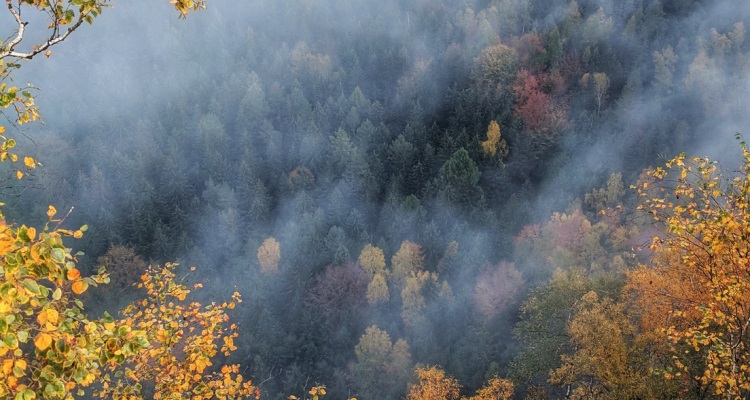SUNY Cobleskill has received a $5.8 million grant from the California Department of Forestry and Fire Protection (CAL FIRE) to develop and deploy a mobile woody biomass conversion unit that will complement the state’s efforts to reduce wildfires. SUNY Cobleskill Visiting Research Assistant Professor David Waage will lead the project.
The unit, which processes approximately a ton an hour and generates biofuels, biopower and biochar, incorporates Waage’s inclined rotary gasifier technology. Waage’s initial research was funded by the Department of Defense’s Strategic Environmental Research and Development Program (SERDP). In 2018, SUNY Cobleskill received a $1.6 million Environmental Security Technology Certification Program (ESTCP) grant from the same agency, to build and demonstrate a fully automated, portable rotary gasifier waste-to-energy system at a domestic military base. A key advantage of this technology is that it is mobile and can be easily deployed to the biomass site. The United States Patent and Trademark Office (USPTO) examined the application for the SUNY gasifier technology and the patent has been allowed.
There is tremendous potential for the gasifier in domestic and community use. Thanks to a series of technical innovations, SUNY Cobleskill’s gasifier is cleaner, more efficient, and more convenient than its predecessors. From almost any combustible material it produces both gaseous and liquid fuels. The machine built at SUNY Cobleskill can produce 60 kilowatts of power a day from approximately two tons of feedstock, enough to power about 50 standard American homes.
